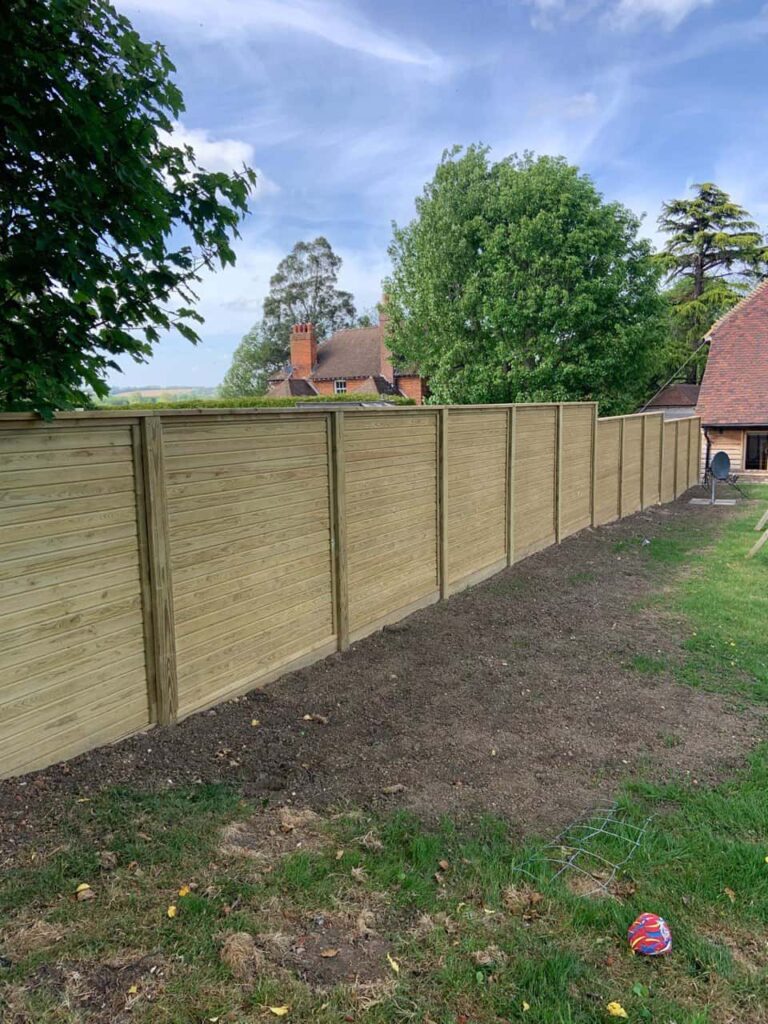How to Prevent Future Fence Damage with Proactive Repairs
Fencing plays a vital role in protecting your property, providing privacy, and adding to the overall aesthetic appeal of your home or business. However, over time, wear and tear, environmental factors, and poor maintenance can lead to fence damage that compromises its functionality and appearance. To avoid costly repairs and extend the lifespan of your fence, it’s important to take proactive steps towards maintenance and repairs. In this blog post, we’ll explore how proactive repairs can help prevent future fence damage and keep your property secure and attractive.
1. Understanding Common Causes of Fence Damage
Before we delve into how to prevent damage, it’s important to understand the common factors that can lead to fence issues. Identifying these causes early on can help you take preventive measures.
- Weather Conditions: Wind, rain, snow, and extreme temperatures can cause fences to warp, crack, or weaken over time. In particular, wet weather can cause wooden fences to rot, while strong winds may knock over or damage panels.
- Pests and Insects: Certain pests, such as termites or ants, can damage wooden fences by chewing through the material. Additionally, some insects can burrow into the structure, weakening its integrity.
- Ground Movement: Shifting ground, particularly in areas prone to heavy rainfall or drought, can lead to the fence’s posts becoming unstable or leaning over time.
- Wear and Tear: Constant exposure to the elements, as well as accidental impacts (such as from vehicles or children playing), can gradually damage your fence.
By identifying these issues, you can take steps to prevent them from escalating and ensure your fence remains in good condition.
2. Regular Inspections and Early Repairs
One of the most effective ways to prevent future fence damage is through regular inspections and early repairs. By checking your fence at least twice a year (ideally in spring and autumn), you can identify potential issues before they become major problems.
- Why It Matters: Small issues, such as loose nails, rusted brackets, or minor cracks, may seem insignificant at first. However, if left unchecked, they can worsen over time and lead to more expensive repairs or even the need for complete fence replacement. Early repairs save you time and money in the long run.
When inspecting your fence, look for signs of:
- Cracks, splits, or warping in wooden panels
- Loose or rusted nails and brackets
- Leaning or unstable posts
- Rot, mildew, or insect damage
- Broken or damaged gates
If you notice any of these issues, address them as soon as possible to prevent further damage.
3. Reinforcing and Treating Your Fence Regularly
Proactive repairs also involve reinforcing and treating your fence to improve its durability and resistance to damage. For wooden fences, regular treatment with protective stains or sealants can protect against rot, pests, and moisture.
- Why It Matters: By applying a protective coating to your fence, you can extend its lifespan by preventing water from seeping into the wood and causing rot. Additionally, regular treatment helps to protect the surface from UV damage, which can cause fading and cracking.
For metal fences, regular cleaning and applying a coat of rust-resistant paint will protect the structure from corrosion and decay. Keeping your fence clean and free of debris also helps to reduce the risk of damage caused by environmental factors.
4. Reinforcing Fence Posts and Securing Loose Panels
Fence posts are the backbone of your fence, providing stability and support. Over time, posts can become weak or unstable due to ground movement, weather, or wear. Reinforcing your fence posts and securing any loose panels can prevent future damage and ensure your fence remains sturdy and functional.
- Why It Matters: Securing loose panels and reinforcing posts ensures that your fence can withstand strong winds and other external pressures. This will also help prevent leaning or falling panels, which can cause significant damage if not addressed promptly.
If you notice any leaning posts or sagging panels, it’s important to repair or replace them before the damage worsens. A professional fencing contractor can assess the structural integrity of your fence and recommend the best solutions for reinforcing it.
5. Proper Fence Installation and Materials
Proactive repairs start with proper fence installation. Ensuring that your fence is installed correctly and made from high-quality materials will reduce the likelihood of future damage. When selecting materials for your fence, consider factors such as weather resistance, durability, and maintenance requirements.
- Why It Matters: A well-installed fence with sturdy materials is less likely to require frequent repairs. Choosing the right materials, such as pressure-treated wood, vinyl, or metal, can help your fence withstand the elements and last longer.
Additionally, ensure that your fence is installed at the correct height, with appropriate clearance from the ground to avoid contact with moisture, soil, and pests.
Conclusion
Preventing future fence damage with proactive repairs is essential to keeping your fence in top condition for years to come. Regular inspections, early repairs, proper maintenance, and using the right materials all contribute to enhancing the longevity of your fence. By taking these proactive steps, you can avoid costly repairs and keep your property secure and aesthetically pleasing.
At Fast Fix Fencing Tonbridge, we specialise in providing expert fence repairs and maintenance services in Tonbridge and surrounding areas. If you need assistance with proactive repairs or a fence inspection, don’t hesitate to contact us. Let us help you keep your fence strong, secure, and looking great for years to come.
Call us on: 01732 440 993
Click here to find out more about Fast Fix Fencing Tonbridge
Click here to complete our contact form and see how we can help with your fencing needs.

